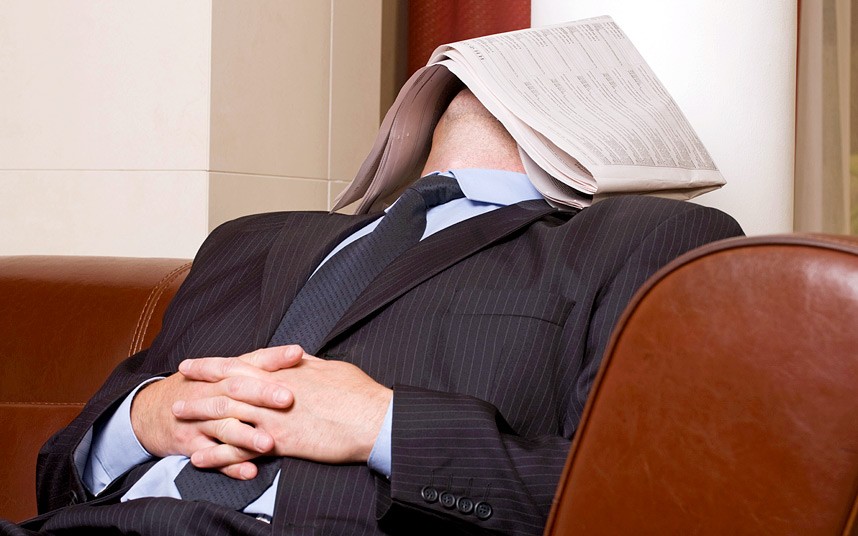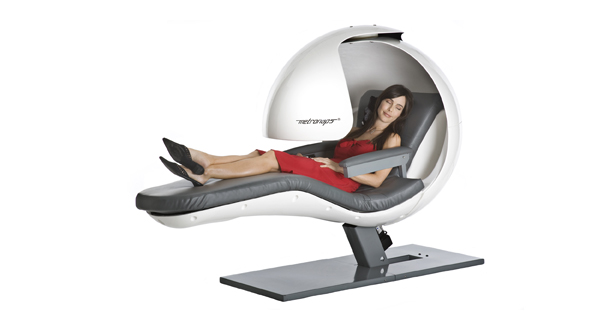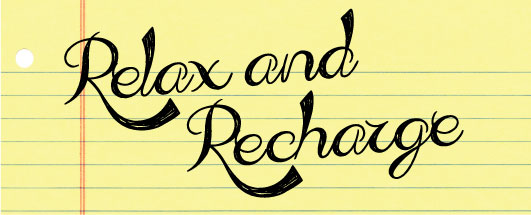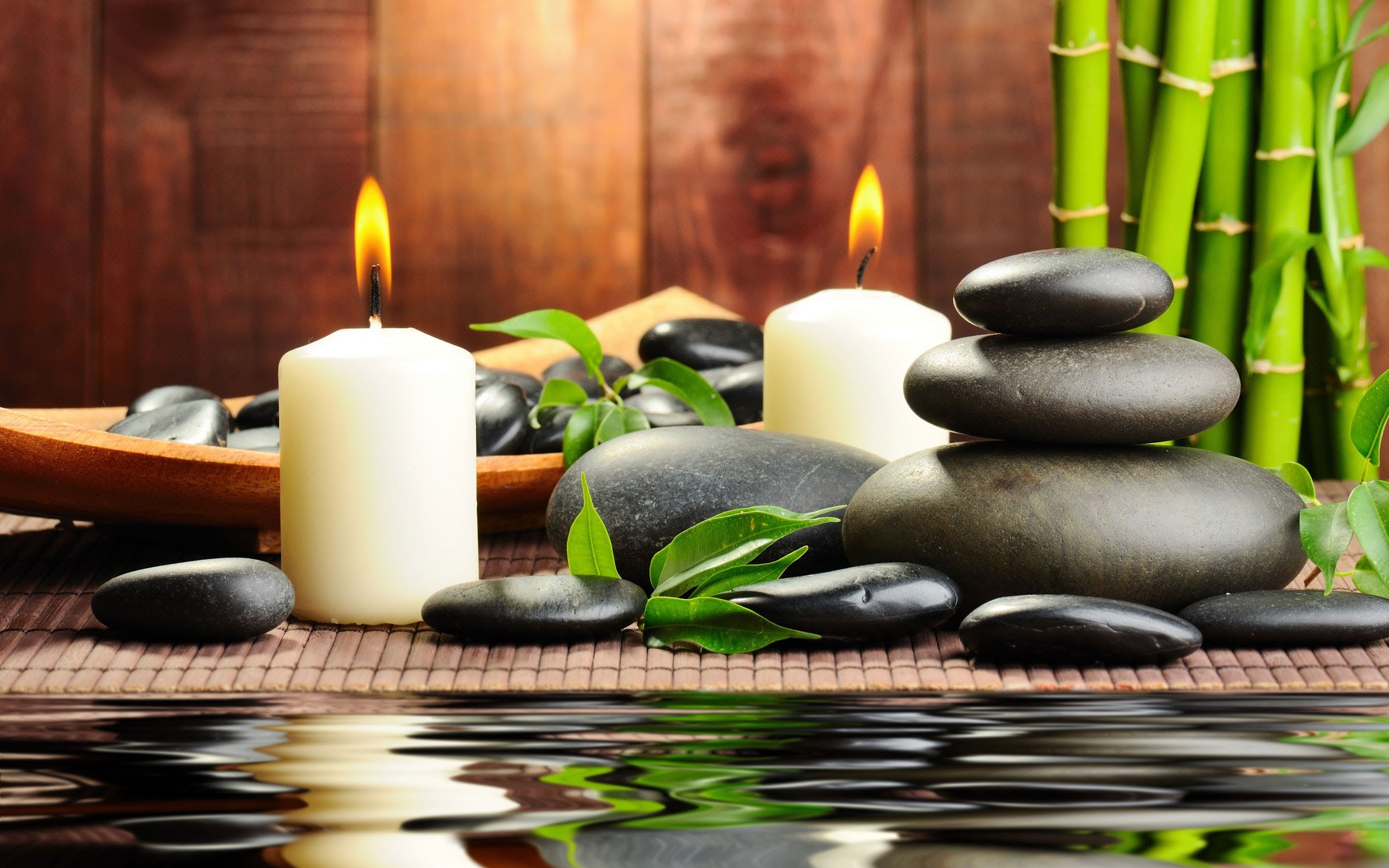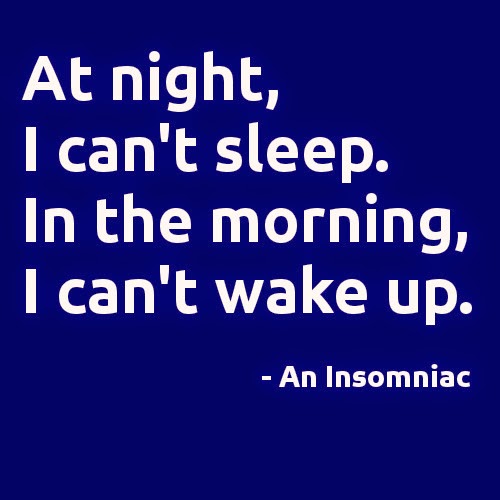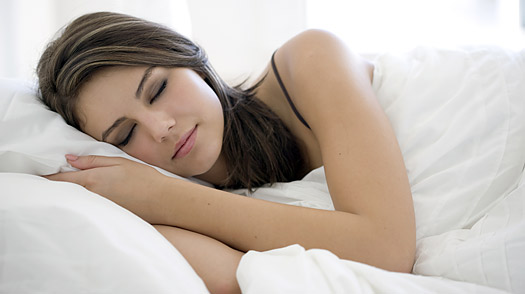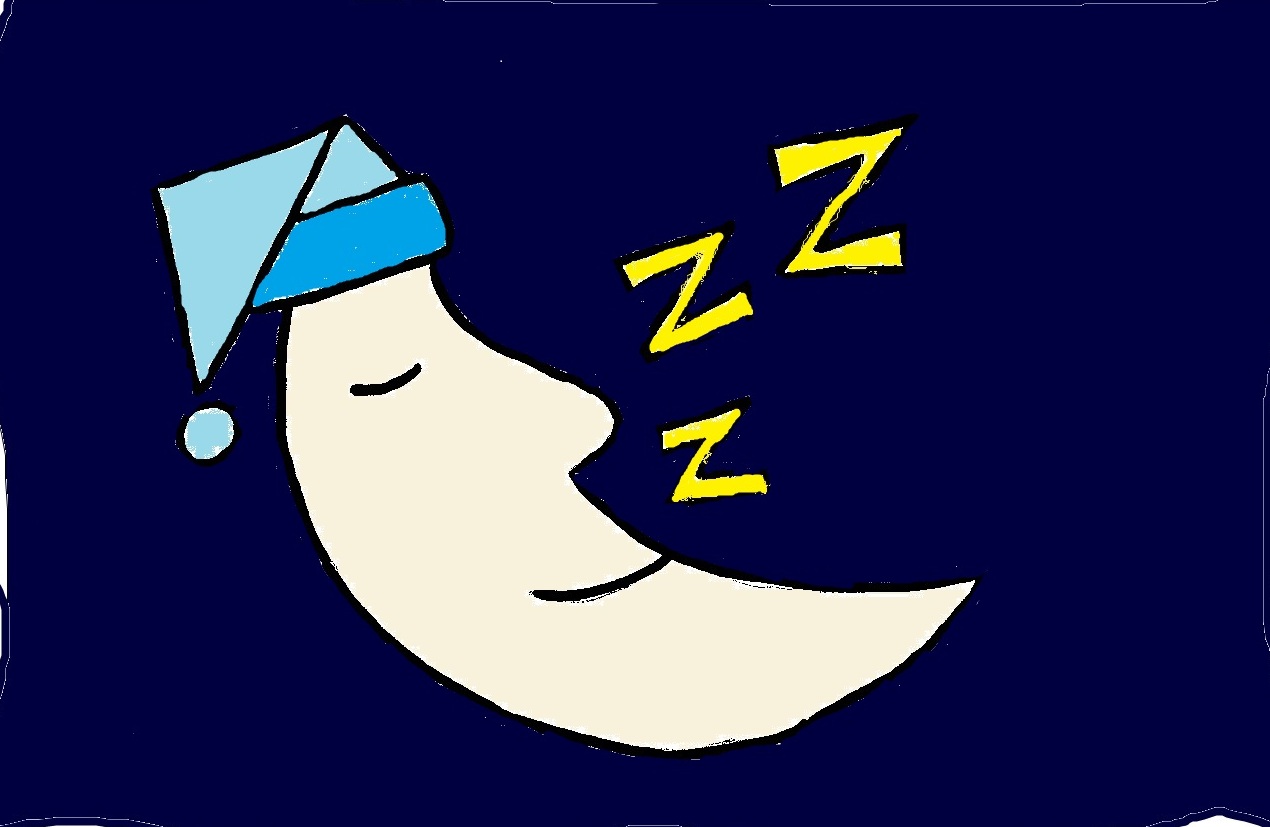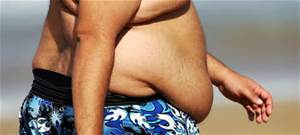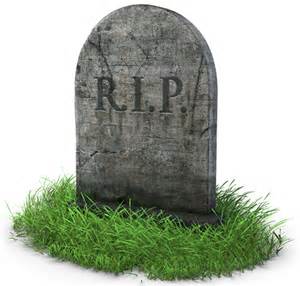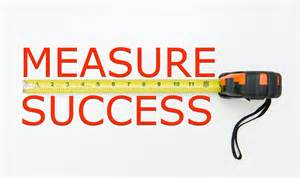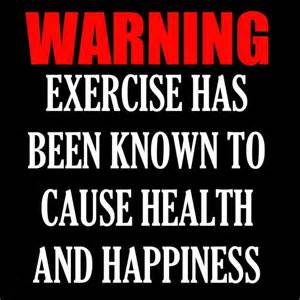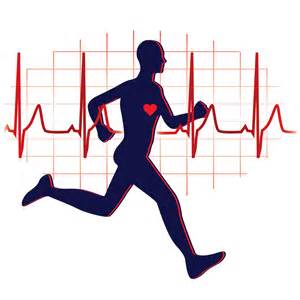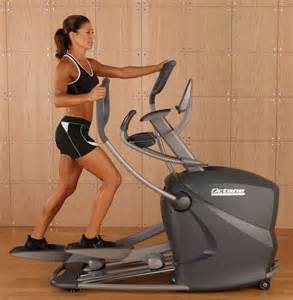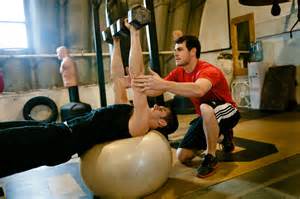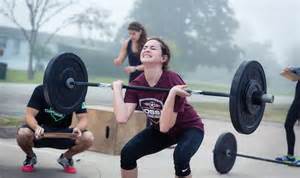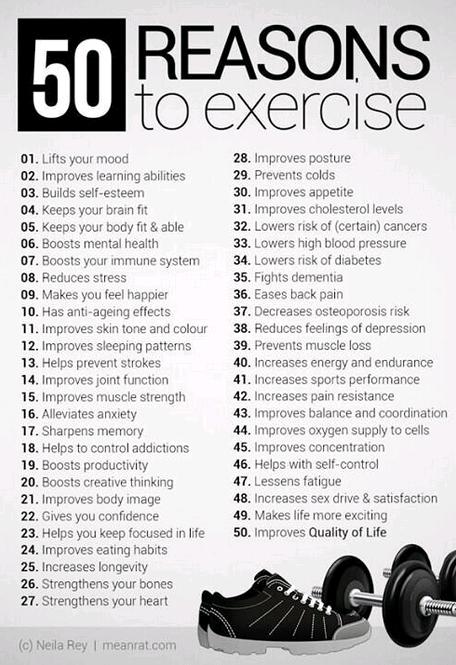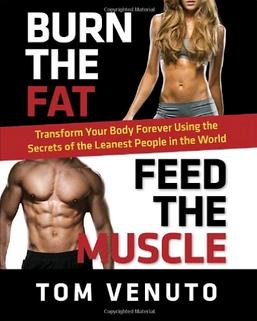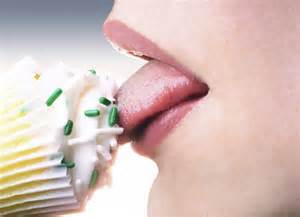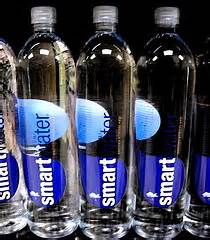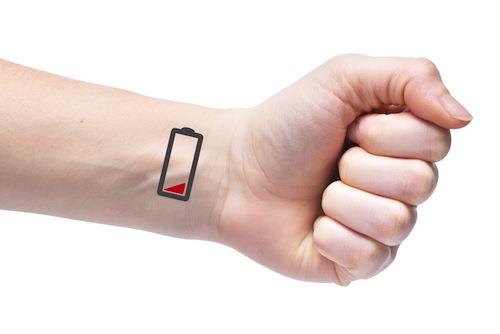 Let’s stop for a minute to do an energy check. First off, what time of day is it? Now I’d like you to think about your energy level. Are you feeling alert and productive? How about energized and creative? Or would you instead describe yourself as stressed, in a funk, and having trouble focusing on the task at hand? Perhaps a little sleepy?
Let’s stop for a minute to do an energy check. First off, what time of day is it? Now I’d like you to think about your energy level. Are you feeling alert and productive? How about energized and creative? Or would you instead describe yourself as stressed, in a funk, and having trouble focusing on the task at hand? Perhaps a little sleepy?
At some point in the day, the latter is a common description of most of us. Some of this depends on the type of work you do. But the amount of sleep you got the night before matters too. And your activity level and physical condition can make a difference.
None of us are super-human, despite what we may think sometimes. And most of us are dealing with some level of stress; whether it be personal, professional, or self-inflicted. It’s not an excuse, it’s just a fact. So we need to do everything possible to ensure that we are showing up as our best “selves”, energized and productive.
We all know the importance of getting 7 to 9 hours of good quality sleep every night. But sometimes that’s not possible. Yet even when we do get enough sleep, life and hectic work schedules can demand more from us than we have to give.
And it’s during these times that we can help ourselves by taking a short “power nap”.
Here’s what some of the experts have to say:
- Wikipedia: A power nap is a short sleep which terminates before the occurrence of deep sleep or slow-wave sleep (SWS), intended to quickly revitalize the subject.
- WebMD: A power nap will boost your memory, cognitive skills, creativity, and energy level.
- “Daytime naps can be one way to treat sleep deprivation”, says Sara C. Mednick, PhD, sleep expert and author of Take a Nap! Change Your Life. “You can get incredible benefits from 15 to 20 minutes of napping,” she says. “You reset the system and get a burst of alertness and increased motor performance. That’s what most people really need to stave off sleepiness and get an energy boost.”
- According to David Radcliffe, Vice President of Google’s Real Estate & Workplace Services says “No workplace is complete without a nap pod. We found that the five-minute to 15-minute power nap, works on Sunday before you watch the football game, why not here at work?”
- Best-selling author Michael Hyatt says “The secret to becoming more productive is not managing your time but your energy.”
“I love a good nap. Sometimes it’s the only thing gettin’ me out of bed in the morning.” ~ George Costanza
It’s unfortunate that napping carries such a negative stigma (thanks George!). Like you’re lazy, unmotivated, or just wasting time. But nothing could be further from the truth.
A power nap can make you more alert and productive. Otherwise, you could find that You’re Sleeping Your Life Away.
There is plenty written about power naps. And so my goal is to bring more of an awareness to it. Helping you realize the value, benefits, and even the necessity of making time for them whenever possible.
I’d like to share some articles and resources:
- wikiHow – How To Power Nap: http://www.wikihow.com/Power-Nap
- Business Insider – How To Take The Perfect Power Nap At Work: http://www.businessinsider.com/how-to-take-the-perfect-power-nap-at-work-2014-4
- Huff Post – How To Power Nap For All-Day Energy: http://www.huffingtonpost.com/2014/09/15/power-nap-all-day-energy_n_5798256.html
- Prevention – The Weird Benefit of Power Naps: http://www.prevention.com/health/sleep-energy/how-your-brain-benefits-power-nap
- Great article by Michael Hyatt – 5 Reasons Why You Should Take A Nap Every Day: http://michaelhyatt.com/why-you-should-take-a-nap-every-day.html
- And how about a little humor? A short clip from Seinfeld – Season 8, Episode 18: The Nap – https://www.youtube.com/watch?v=W__qCFWi1KA
So what do you think? Have you benefited from power naps in the past? Or have you learned something here that may help you moving forward? Your input matters so let me know.
Thank you for sharing your time with me. I’d love for you to let me know what you think by leaving a comment. Is the content valuable and helpful? Did anything resonate? Will you take action? What else would you like to see in future posts?
If you know someone that can benefit from this content, I’d be eternally grateful if you would share this with them. And if you like what you see, you can SUBSCRIBE for automatic updates, LIKE US on Facebook, and spread the word about www.thin2win.net with your friends, family and social circles.

